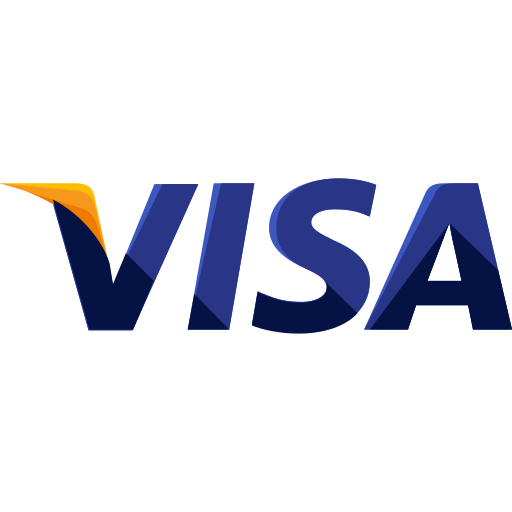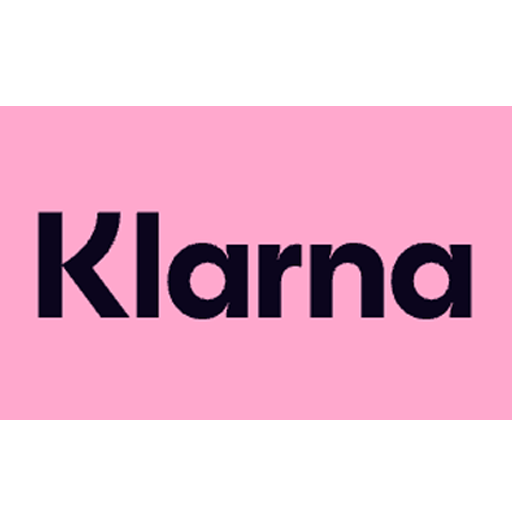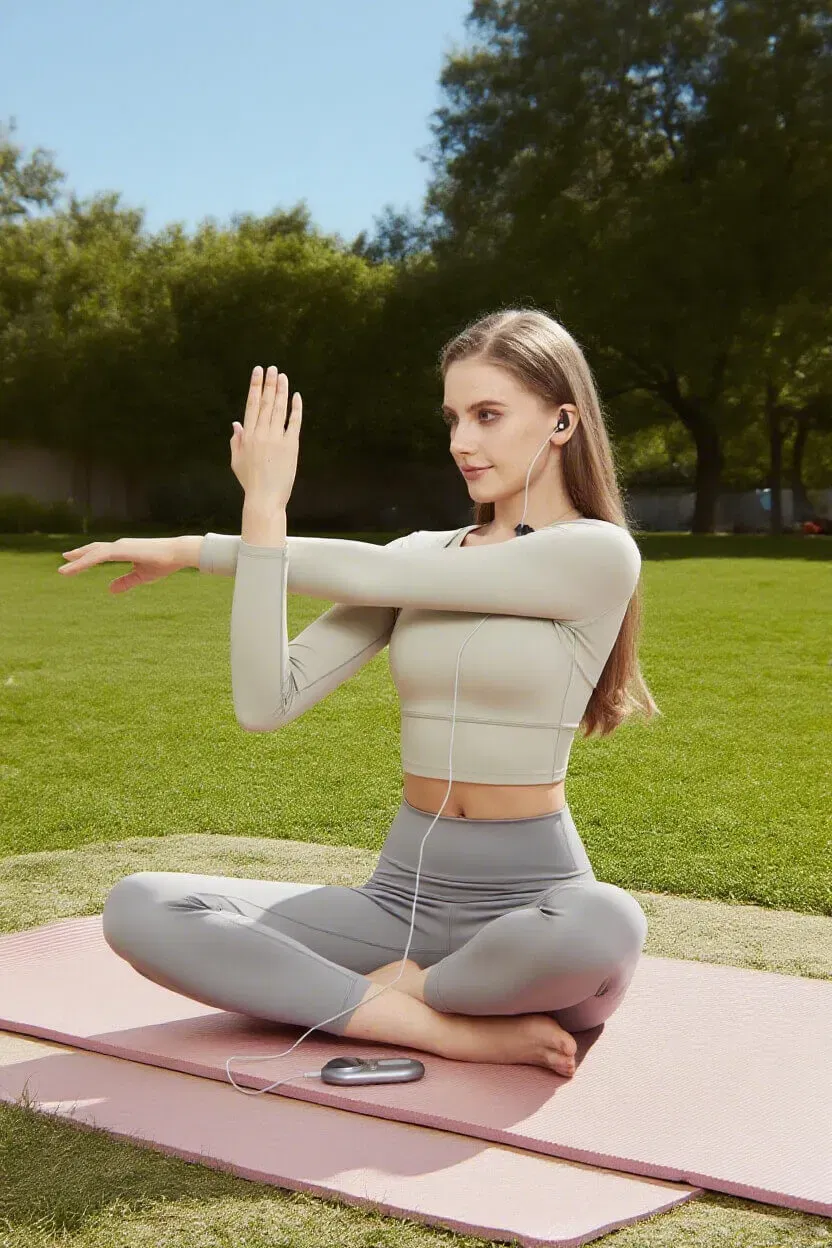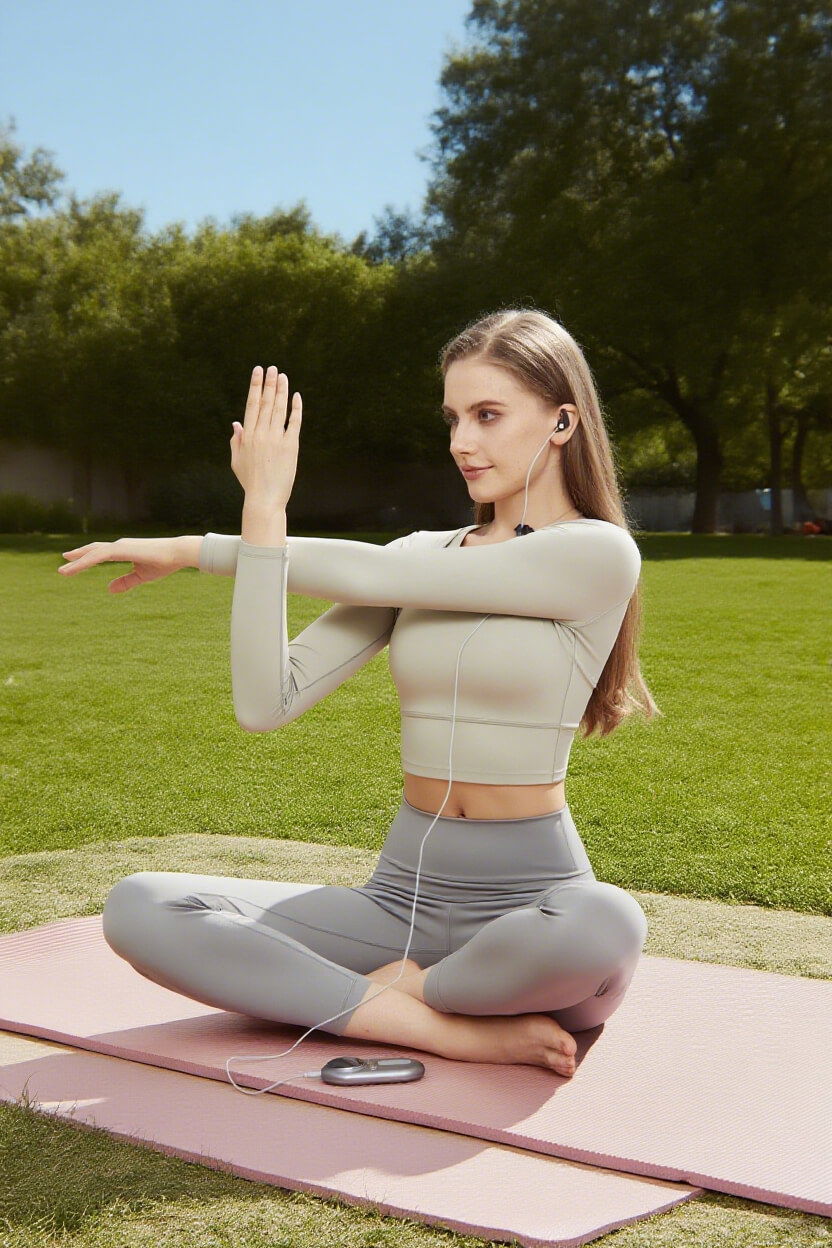Why ZenoWELL taVNS Stimulates Concha Cavum and Concha Cymba areas?
Transcutaneous auricular vagus nerve stimulation (taVNS) is a non-invasive neuromodulation technology. By electrically stimulating the auricular branch of the vagus nerve (ABVN) on the ear's surface, taVNS can regulate both the autonomic and central nervous systems. The ZenoWELL taVNS device targets the concha cavum and concha cymba areas primarily for two reasons, as supported by anatomical and neuroimaging findings.
First, the design of the ZenoWELL taVNS earpiece is based on the anatomical distribution of the ABVN. The concha cymba is exclusively innervated by the ABVN (100% dominance), while other auricular regions show varying degrees of ABVN innervation: the antihelix (73%), concha cavum (45%), tragus (45%), crus of helix (20%), and crura of anthelix (9%) [1,2]. This anatomical evidence establishes the concha cymba as our primary target area. ZenoWELL engineers subsequently designed the earpiece geometry to conform to the concha cymba's topography. To optimize user comfort, convenience, and stability while maintaining ergonomic principles, we expanded the stimulation area to include the concha cavum, thereby completing the electrical circuit required for effective stimulation.
Second, our design was empirically validated by neuroimaging data from previous studies. Neuroimaging studies using fMRI and EEG have demonstrated that stimulation of the concha cavum modulates activity in the brainstem's vagal afferent nuclei[3]. Furthermore, simultaneous stimulation of both concha cavum and concha cymba elicited significantly stronger vagus somatosensory evoked potential (VSEP) signals compared to stimulating either area alone[4].

Based on these considerations, we engineered the earpiece with dual stimulation points targeting the concha cavum and concha cymba. Given the substantial anatomical variability in ear morphology across populations, a universal design proves inadequate. To address this, we developed an adaptive silicone sleeve capable of accommodating diverse ear dimensions. The material's softness and conductivity were precisely calibrated to conform to auricular topography while maintaining optimal surface contact, thereby ensuring consistent stimulation efficacy.
Reference
- Peuker E T, Filler T J. The nerve supply of the human auricle[J]. Clinical Anatomy, 2002, 15(1): 35-37.
- Wang Y, Li S Y, Wang D, et al. Transcutaneous auricular vagus nerve stimulation: from concept to application[J]. Neuroscience Bulletin, 2021, 37: 853-862.
- Borgmann D, Rigoux L, Kuzmanovic B, et al. Modulation of fMRI brainstem responses by transcutaneous vagus nerve stimulation[J]. Neuroimage, 2021, 244: 118566.
- Butt M F, Albusoda A, Farmer A D, et al. The anatomical basis for transcutaneous auricular vagus nerve stimulation[J]. Journal of anatomy, 2020, 236(4): 588-611.


















